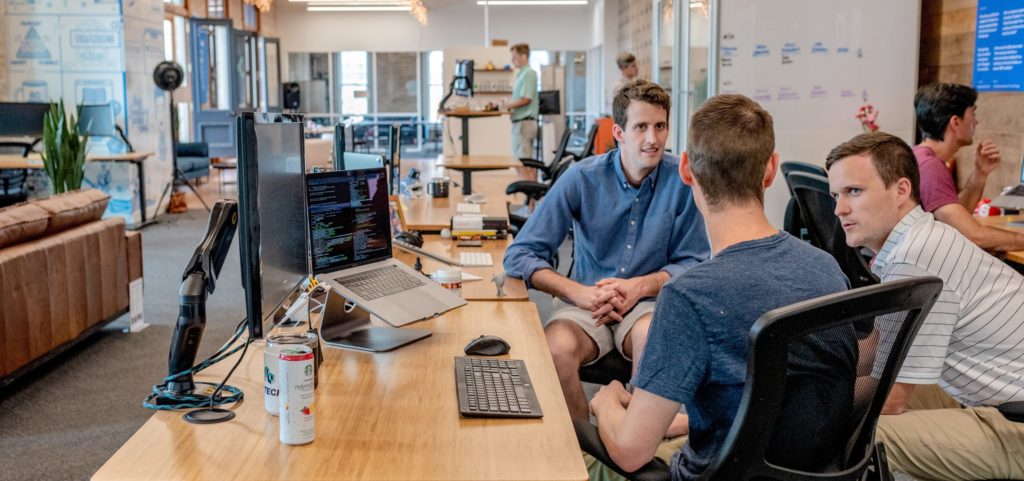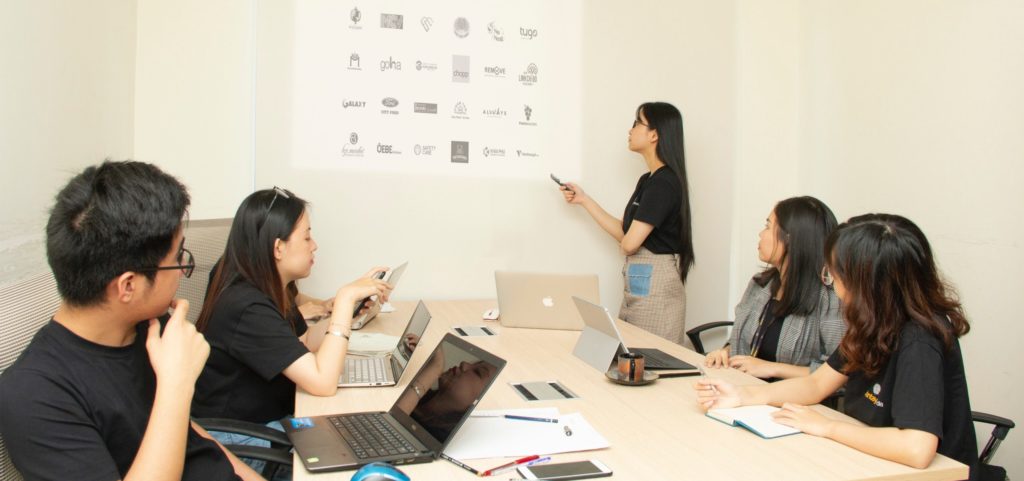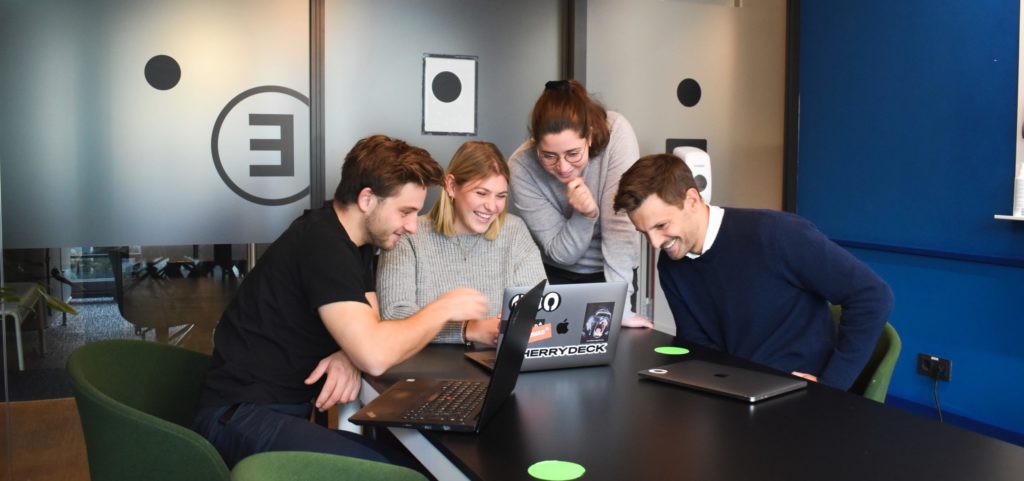Today’s educators are always looking for new, motivating, and powerful ways to engage students. Two popular modern methods are gamified and project-based learning—but what’s involved in these pedagogies, and what makes them so effective?
You’ll find all the answers you need in this article!
What is gamified learning?
Gamified learning is an educational approach that combines video games and education to create a more engaging and motivating learning experience.
But it’s not just about playing games in the classroom. It’s about using game-like elements to make any kind of learning more effective.
Quiz apps like Kahoot! are a popular example of a gamified learning platform used in classrooms around Australia and the world. The app’s game-like ‘rewards’ such as points, badges, emotes, and unlockable ‘chests’ drive students to succeed.
When combined with project-based learning, which involves active engagement in meaningful projects, gamification creates a powerful learning experience.
The key to a successful gamified learning project is good game design. Whether designing a gamified lesson or an entire gamified course for your students, you’ll need to think like a professional game designer.
Most importantly, you’ll need to create challenges for your students that are meaningful, achievable, and rewarding while making sure they align with your curriculum’s goals. It’s also a good idea to create feedback loops so your learners who are struggling or show signs of mastery can continue progressing.
How gamified learning increases productivity and engagement
So, how exactly does gamified learning improve the educational experience for students and educators? We’ll dive into this question in the sections below.
Enriched learning experience
Today’s young people are so deeply entwined with technology it has become an integral part of their everyday lives. Modern universities have adapted all kinds of technology, such as online distance learning platforms, digital file-sharing tools, and electronic whiteboards. Game-based learning is another step in this forward-thinking process.
Because modern students are so accustomed to technology, gamified learning works on their unique level. Students earn interactive rewards, points, and achievements as they learn, creating an enriching, holistic experience that makes them feel empowered and accomplished.
Increased desire to learn
Gamified learning also leverages students’ desire to learn and increases their interest in the subject matter. The best way to achieve this is to create interactive, engaging gamified content using proven game design principles.
But how does gamification boost the desire to learn? It’s all about dopamine.
Just think about the rush you feel when you score a goal in basketball or win a prize from an arcade machine—it’s the same thing! When your students earn rewards and points through gamified learning, they get a dopamine release, making them want to keep learning.
In the context of project-based and experiential education, your students will also have a clear, well-defined goal, which creates a sense of urgency and drives them to succeed.
Stronger knowledge retention
As an educator, you’re likely always looking for ways to improve knowledge retention within your student cohort. Repeating the same subjects is time-consuming, so it’s best to do whatever you can to help your students better absorb and retain what they learn.
Gamification is a fantastic way to achieve this goal. According to a 2015 study, gamification improved student retention rates by 25%, while an addition of social game elements raised this amount to 50%. This data shows that gamification is even more powerful when social aspects are involved, which is a key part of project-based learning.
Diverse learning methods and materials
Project-based learning in higher education is all about encouraging students to take control of their education and take advantage of their unique learning styles. Gamification takes this a step further, making it easier than ever for educators to personalise learning experiences for each student.
For example, some students learn better through visual demonstration than written content. With a gamified app, you can automatically deliver the same information through different formats for each student, giving each individual the greatest chance at success.
Gamification isn’t limited to the digital world, either. Let’s say a group of students have set a project goal to raise money for a local charity. You can gamify the project by allowing students to gain ‘points’ for each dollar they raise, receiving a badge, medal, or prize when they reach a certain number of points. This can boost intrinsic motivation and will be especially beneficial for students with a hands-on learning style.
Active collaboration
Gamification also encourages active collaboration, where students work together to earn points, achieve rewards, and reach short and long-term goals. While traditional assignments may lack concrete goals, gamification can break a large project down into several ‘stages’ with rewards at each checkpoint.
As we mentioned above, social gamification increases retention even further than gamification on its own. This increase happens largely because students engage in real-time, which is particularly helpful with distance education.
Your gamified project’s social and collaborative aspects could include students versing each other in a digital quiz, working towards team-based achievements, or ‘upvote’ systems where students can send points and rewards to others.
How you can implement gamified learning in your classroom
So, now you understand the immense benefits of educational games and gamifying project-based learning, you’re probably wondering how to implement the approach within your classroom. We’ll give some specific examples below to help you get started.
Point systems
Many educational video games use a point system to measure students’ progress and encourage them to proceed. The typical ‘star charts’ used in primary and high schools across Australia are a basic example of a point system.
You can easily implement a point system within any project-based learning activity—it’s all about getting creative. For example, art students planning and running a local gallery show could earn points for each part of art submitted to the show and each ticket sold. They could then earn rewards or badges once for every 5 or 10 points gained.
Gamified grading
Typical grading systems involve students completing a task, quiz, or project and receiving a letter or number grade at the end. This system isn’t particularly encouraging since the ‘reward’ is only earned at the end of the project, and numbers and grades can be arbitrary.
A gamified grading system could involve students earning experience or ‘XP’ points for each section of the project they complete successfully. As they build up XP, students can gain levels, competing with their peers to achieve the highest possible level or ‘grade’.
Challenges and projects
Many companies set gamified challenges to promote their products, such as Nike’s Nike+ Run Club, where runners compete against each other to share their race statistics and compete with other challengers. You can use similar ideas in your classroom to keep your students engaged and involved.
For example, if you teach an IT class, you could run a ‘game jam’ type event where you challenge your students to design and create a program, app, or game. The students could then test and play each others’ programs or games, voting on which ones they like best. The top three most-liked apps could win a prize.
Leaderboards and badges
Leaderboards are another great way to gamify the project-based learning experience. You can combine leaderboards with badges—i.e. the #1 student earns a platinum badge, students #2 to #5 earn gold, #6 to #10 earn silver, and so on.
Implementing a leaderboard is a great way for students to physically see their progress and weigh up their achievements against other students in the class. The drive to reach the top of the leaderboard is highly motivational for many students and can help them do their best work.
Educational gaming platforms
Using educational gaming platforms within your classroom is one of the simplest ways to gamify the student learning experience.
The language-learning app Duolingo is a great example of a successful educational gaming platform. The app implements several game mechanics to motivate students, such as points for getting several questions correct in a row, daily goals, community challenges, leaderboards, and achievement badges.
But gamification isn’t limited to language learning. Regardless of your course focus, you can likely find an educational platform or app to help gamify the experience. For example, the educational coding platform Codecademy uses gamification to keep students progressing through their courses.
Make gamification simple with Practera
Gamifying your project-based learning activities is easier than ever with Practera’s dedicated gamification tools. The platform features several fantastic gamified features to drive student engagement and productivity, including badges and achievements, interactive performance tracking, and custom grading scales.
Using Practera, you can create custom workflows, implementing gamification features as you see fit. Using Practera’s range of achievements, you can create different pathways. In this way, you can create a personalised experience for each student that will drive them to succeed.
The platform also offers a huge range of features for educators and higher learning institutions hoping to deliver powerful project-based learning experiences, including a detailed analytics dashboard, chat-based collaboration tools, activity trackers, and much more. We also offer managed services to help connect students with global organisations to ensure you get the most out of your learning experiences. By connecting with our team, we can ensure continuous support with a dedicated program manager.
To get started with Practera, contact our friendly team, request a platform demo, or download our white paper to find out more today.





2 Comments